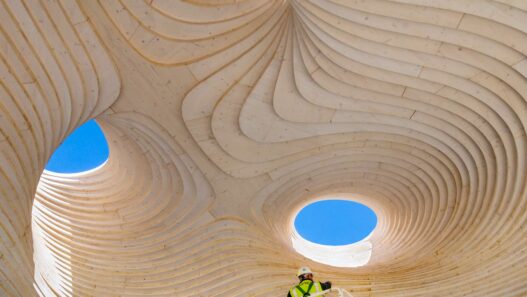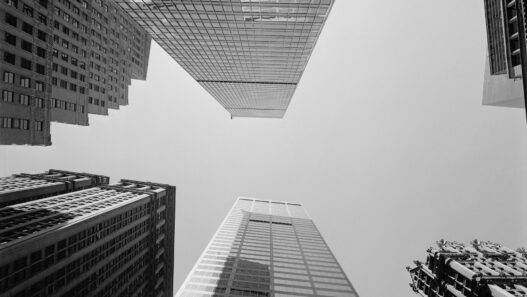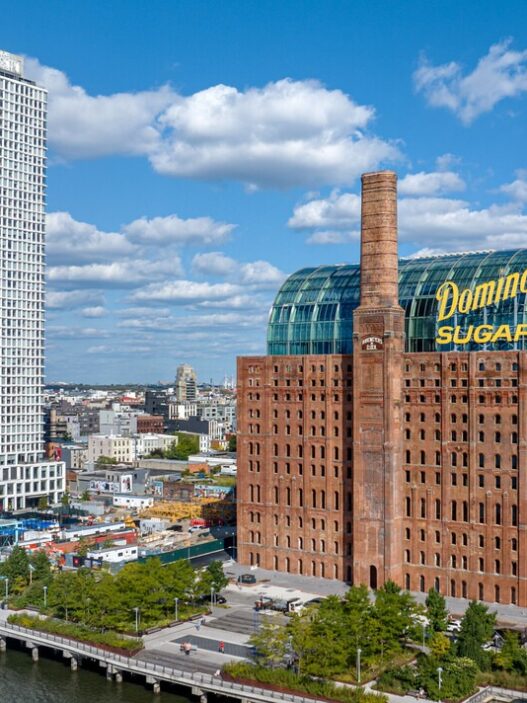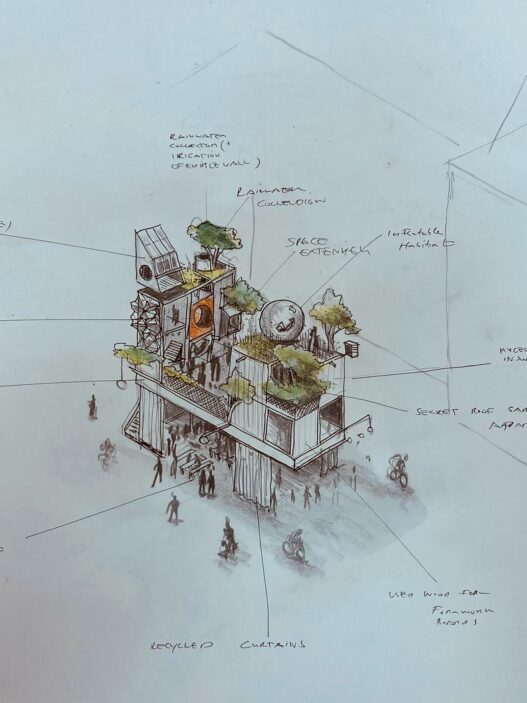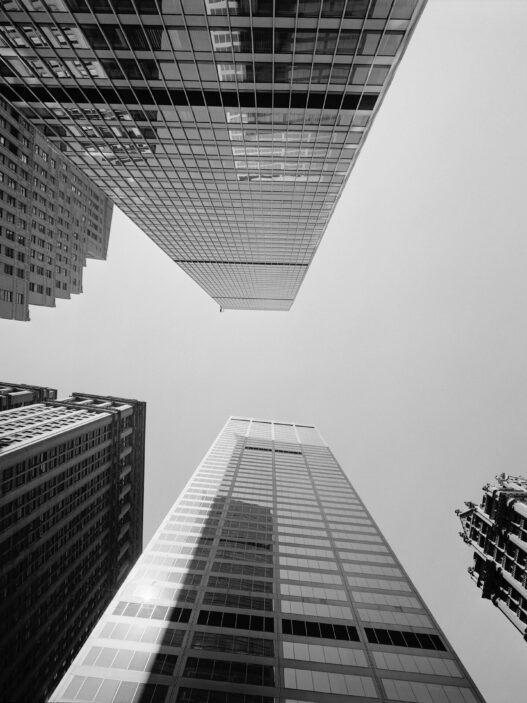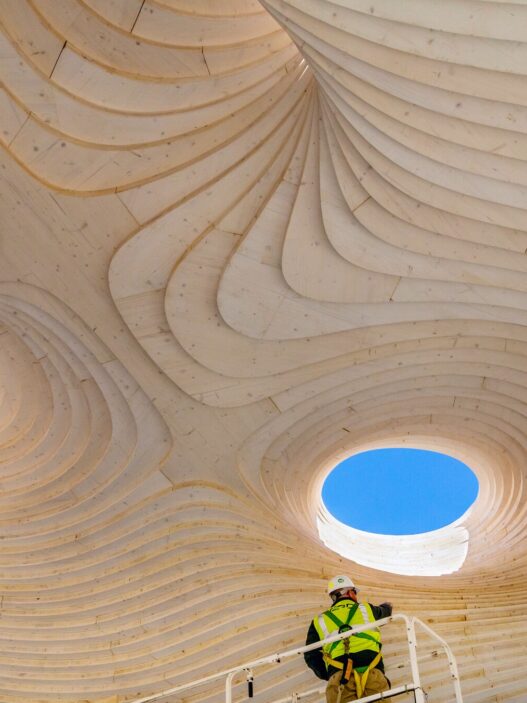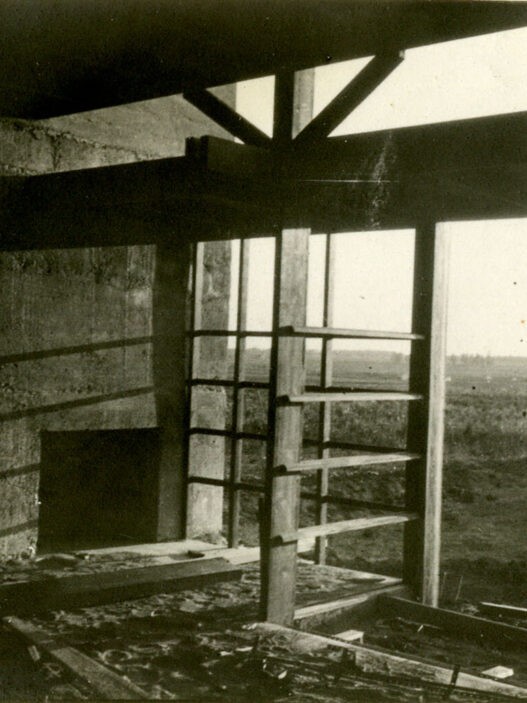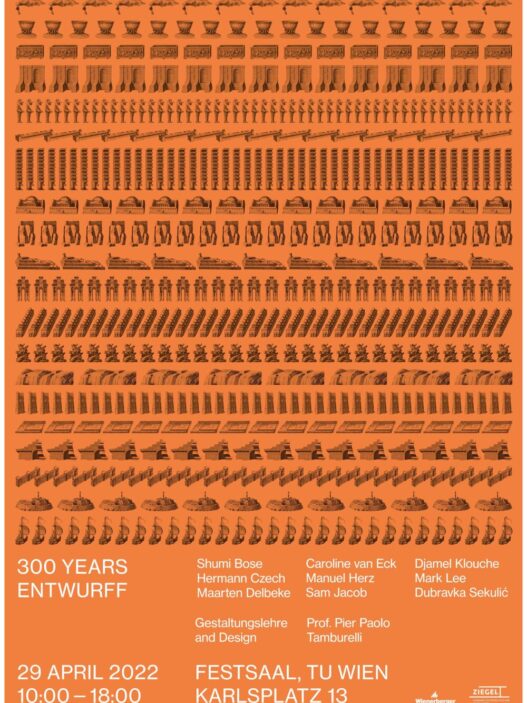MANZAR: Art and Architecture from Pakistan 1940s to Today
November 1, 2024–January 31, 2025
Qatar Museums will present a groundbreaking exhibition titled MANZAR: Art and Architecture from Pakistan 1940s to Today, running from November 1, 2024, to January 31, 2025. This is the first exhibition of its kind, exploring over eighty years of artistic and architectural achievements from Pakistan and its diasporas. Organized by the future Art Mill Museum in collaboration with the National Museum of Qatar, MANZAR brings together more than 200 diverse works, from paintings to installations, offering an unparalleled look into Pakistan’s cultural history.
The exhibition showcases the works of renowned Pakistani artists and architects who have shaped the country’s narrative and influenced global art movements. MANZAR—a word that translates to scene or perspective in both Urdu and Arabic—aptly captures the variety of artistic and architectural views this exhibition presents, offering visitors an opportunity to experience the rich cultural heritage of Pakistan.
A Journey Through Pakistan’s Artistic Movements
MANZAR opens with early works by artists like Abdur Rahman Chughtai and Zainul Abedin, who worked under British rule before continuing their artistic practices in post-Partition Pakistan. The Partition of 1947—a pivotal event in the country’s history—remains a central theme, explored by artists such as Anna Molka Ahmed, Zarina, and Bani Abidi. Through various mediums, these artists delve into the emotional and societal impact of this division.
The exhibition then moves into the modernist experiments of artists like Shakir Ali, Zubeida Agha, and Sadequain, who created uniquely personal styles that transformed Pakistan’s artistic landscape in urban centers like Karachi, Lahore, and Islamabad. These artists laid the foundation for contemporary artistic expressions, challenging both traditional art forms and Western influences.
Architectural Visions of Pakistan
The architectural section of the exhibition focuses on significant building projects that defined Pakistan’s landscape. The post-independence period saw the collaboration of Pakistani architects with international figures like Louis Kahn and Michel Ecochard, whose designs helped shape the country’s institutions. Notable projects include Konstantínos Doxiádis’ master plan for Islamabad and Louis Kahn’s iconic design for the National Assembly Building in Dhaka.
This section also highlights Pakistan’s contribution to the debate on regionalism in architecture, especially through the works of architects like Nayyar Ali Dada, Kamil Khan Mumtaz, Yasmeen Lari, and Arif Hasan, who were pivotal in promoting sustainable and regionally relevant designs. The Aga Khan Award for Architecture, first held in Lahore in 1980, further brought international attention to Pakistan’s architectural innovation.
Contemporary Contributions
The exhibition does not stop at historical figures but also showcases the work of contemporary artists who continue to push boundaries in Pakistan and abroad. Multidisciplinary artists like Rashid Rana, Imran Qureshi, and Hamra Abbas are featured, with their works reflecting the complexities of modern Pakistani society. These artists are also influential educators, shaping future generations through their roles at the National College of Art in Lahore and the Indus Valley School of Art and Architecture in Karachi.
Collaborative Efforts and Curation
The curatorial team behind MANZAR includes Caroline Hancock and Aurélien Lemonier of the Art Mill Museum, alongside Zarmeene Shah, an independent curator and director of graduate studies at the Indus Valley School of Art and Architecture. This multidisciplinary team, supported by researchers like Noor Butt and Deena Hammam, has curated an exhibition that spans time, geography, and discipline, creating a nuanced narrative of Pakistan’s artistic and architectural evolution.
The exhibition space itself is designed by Raza Ali Dada, a prominent Pakistani architect, ensuring that the environment complements the rich history and contemporary relevance of the works on display.
MANZAR: Art and Architecture from Pakistan 1940s to Today is a significant cultural event, offering visitors an in-depth look into the diversity and evolution of Pakistani art and architecture. Through its thoughtful curation and wide-ranging exhibits, the exhibition highlights the intricate layers of history, culture, and innovation that have shaped Pakistan’s artistic identity over the past eighty years.
National Museum of Qatar
Museum Park Street
Doha
Qatar




